Israel and Hamas agree to first phase of Trump’s Gaza peace plan
Israel and Hamas have agreed to the first phase of U.S. President Donald Trump’s peace plan, a ceasefire and hostage exchange that could end the two-year Gaza war, though key details and political risks threaten the fragile accord.
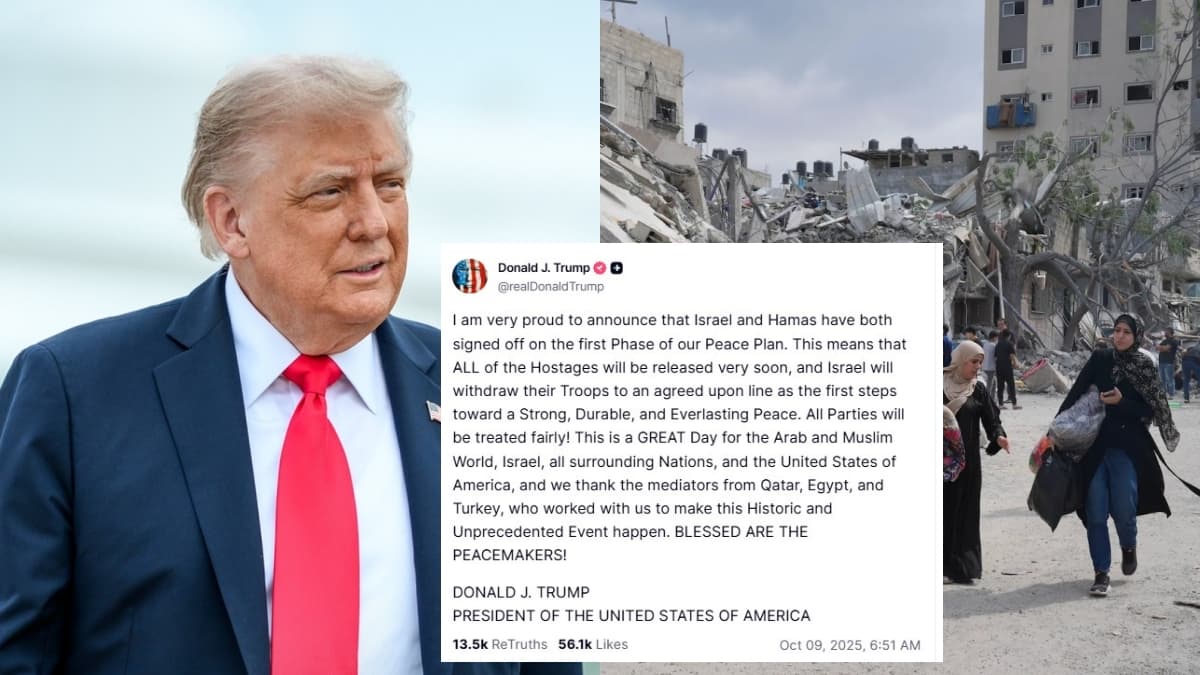
- Israel and Hamas agreed to the first phase of Donald Trump’s peace plan, involving a ceasefire and hostage deal.
- The agreement could end the two-year Gaza war but leaves major details unresolved, including Gaza’s post-war governance.
- Arab states and the United Nations stress that the plan must pave the way for a Palestinian state and full humanitarian access.
UNITED STATES: Israel and Hamas have agreed to the initial phase of U.S. President Donald Trump’s 20-point framework for Gaza, establishing a ceasefire and hostage release that could mark the first real step toward ending a devastating two-year conflict.
The accord was reached through indirect talks in Egypt and announced late on Wednesday, 8 October, by Trump on his Truth Social platform.
“All of the hostages will be released very soon, and Israel will withdraw their troops to an agreed upon line,” Trump declared, calling it a “historic and unprecedented event.”
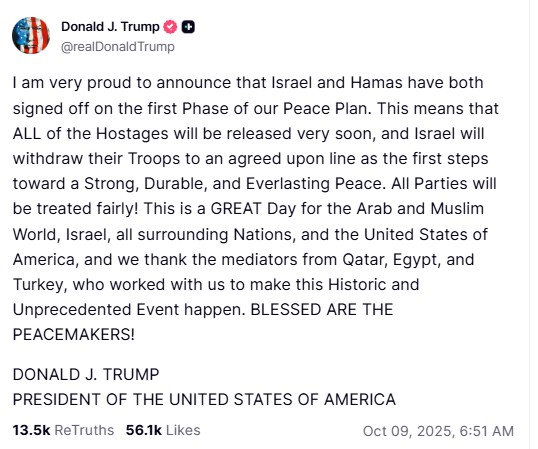
Israeli Prime Minister Benjamin Netanyahu confirmed the deal, pledging to bring home remaining hostages and stating that his cabinet would convene on Thursday to ratify the agreement. Hamas also confirmed the accord, saying it included Israeli troop withdrawals and a prisoner exchange, while urging guarantor states to ensure full Israeli compliance.
Framework and significance
According to Trump, the ceasefire represents the “first phase” of his Gaza peace initiative and is intended to open the way for a durable resolution. The U.S., Qatar and Turkey acted as mediators during negotiations in the Egyptian resort of Sharm el-Sheikh, joined by senior U.S. envoys Jared Kushner and Steve Witkoff.
The deal could become a major foreign policy milestone for Trump, who has struggled to achieve swift resolutions in global conflicts, including Ukraine.
Yet the plan remains fragile, lacking clarity on key issues such as governance of Gaza after the war, the role of Hamas, and the timetable for Israeli withdrawal.
Human toll and political tensions
The war began after Hamas’s cross-border assault on 7 October 2023, which killed around 1,200 people and resulted in 251 hostages taken into Gaza, according to Israeli authorities. Gaza health officials report that more than 67,000 people have been killed since Israel’s subsequent military response, with vast destruction across the enclave.
A Hamas source stated that living hostages would be released within 72 hours of Israeli approval, while efforts to recover the bodies of about 28 deceased captives would take longer. Israeli government officials expect the first releases to begin on Saturday.
Netanyahu, facing intense pressure from hostage families and a weary public, also confronts internal opposition. Far-right members of his coalition have threatened to withdraw from government if concessions to Hamas are deemed excessive.
International reactions and humanitarian calls
United Nations Secretary-General António Guterres urged both sides to uphold the agreement fully, stressing that humanitarian aid must flow “immediately and unimpeded” into Gaza. “The suffering must end,” he said.
Arab states backing the plan have warned that the peace framework must lead to the creation of an independent Palestinian state. The next phase, according to Trump’s proposal, would see an international body led by him — and involving former UK Prime Minister Tony Blair — overseeing Gaza’s post-war administration.
However, both Hamas and several Arab countries reject foreign governance. Hamas said it would only relinquish control to a Palestinian technocratic government backed by the Palestinian Authority and supported by Arab and Muslim nations.
Unresolved challenges
Talks remain deadlocked on the mechanism and timeline for Israeli withdrawal. Hamas demands guarantees of a full pullout linked to the release of hostages, while Israel seeks security assurances.
Despite Trump’s announcement, Israeli strikes in Gaza have continued, though at a reduced pace. Gaza medical officials reported eight deaths in the past 24 hours, the lowest toll in weeks.
The future of Gaza’s leadership remains one of the most contentious questions. Netanyahu has rejected the establishment of a Palestinian state, while Hamas refuses to disarm as long as Israel occupies Palestinian territory.
Whether this ceasefire will hold or collapse like past attempts remains uncertain. Yet for the first time in two years, both sides — under pressure from allies and mediators — appear prepared to test the possibility of ending one of the most destructive conflicts in recent Middle Eastern history.

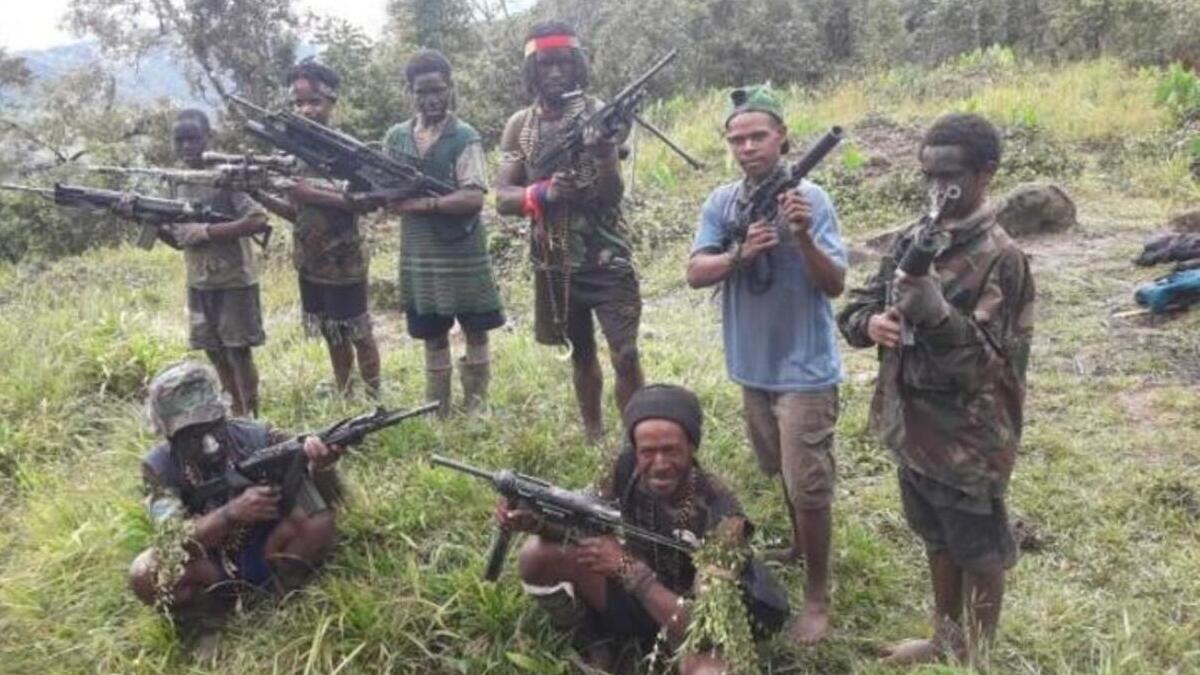


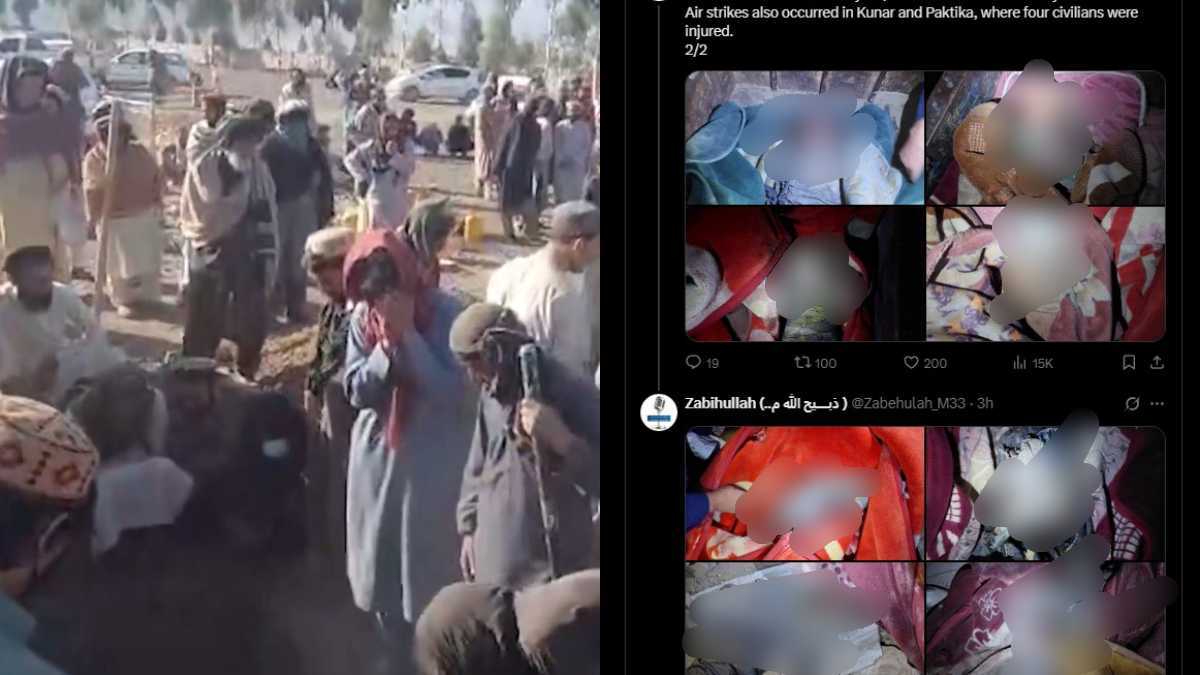

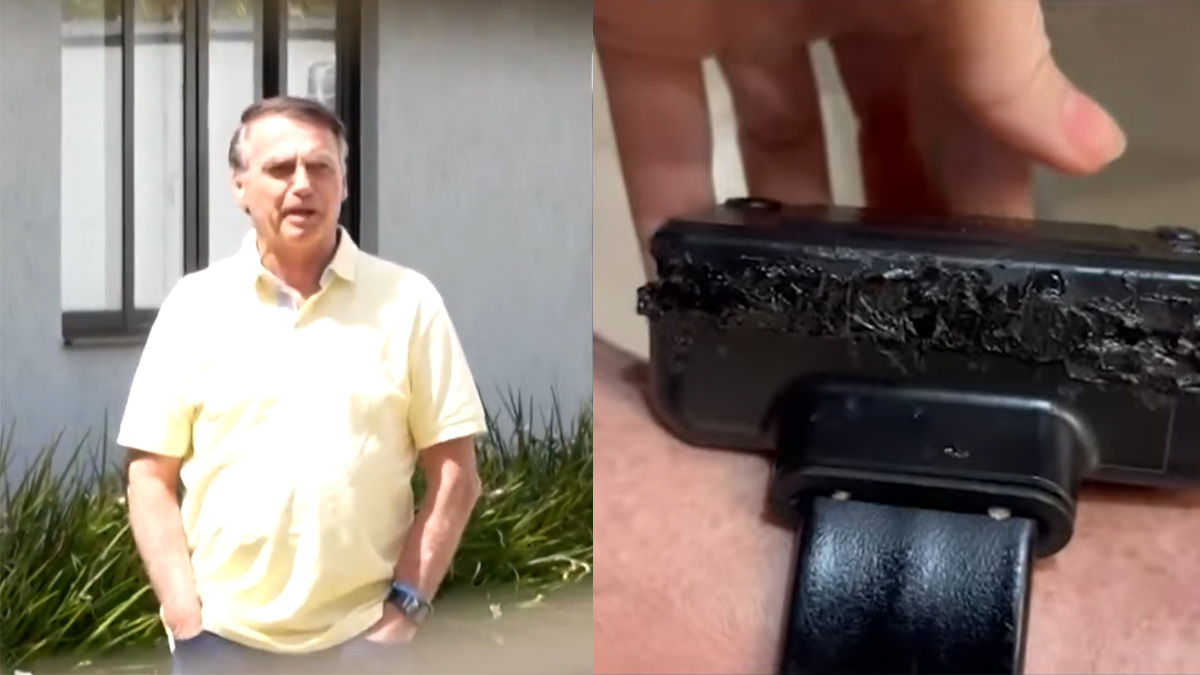
0 Comments